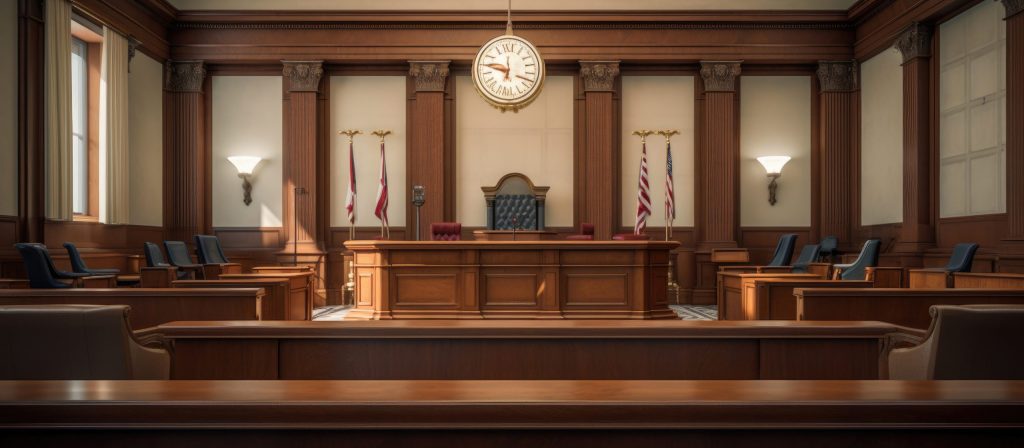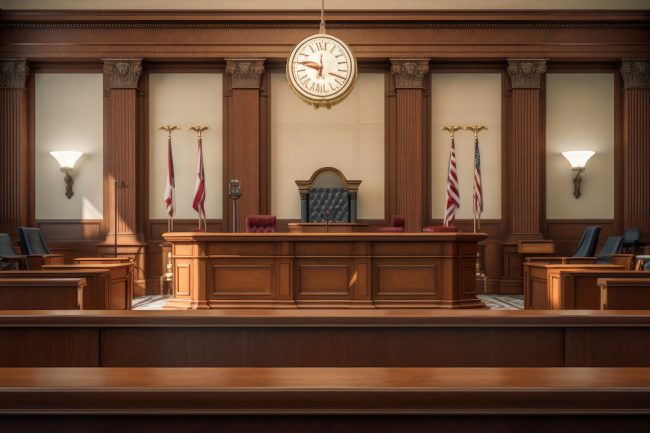
The courtroom is a stage for high drama. We expect calculated arguments and hard evidence. But sometimes, the defense throws a curveball so wild it becomes legendary. These are not your typical pleas of innocence. Instead, they are outrageous excuses criminals have used to explain their actions. Some of these defenses are so bizarre you have to wonder what the lawyer was thinking. They test the limits of credulity and legal strategy. From blaming junk food to claiming to be too ugly, these arguments show the desperate lengths people will go to avoid responsibility.
1. The “Twinkie Defense”: Sugar Rush as a Motive
In 1979, Dan White was on trial for murdering two San Francisco city officials. His defense team argued he had diminished capacity. Why? They claimed his diet of Twinkies and other junk food had caused depression. This altered his mental state, making him less responsible for his actions. The press famously dubbed it the “Twinkie Defense.”
While the junk food was only a small part of the overall defense, it captured the public’s imagination. It became a symbol of legal loopholes. White was convicted of a lesser charge of manslaughter. The verdict caused outrage and even led to riots. It remains one of the most famous outrageous excuses criminals have ever used.
2. “Affluenza”: Too Rich to Know Right from Wrong
In 2013, a wealthy Texas teenager named Ethan Couch killed four people in a drunk-driving crash. His case sparked national fury. During the trial, a psychologist testified that Couch suffered from “affluenza.” He claimed the teen’s privileged upbringing prevented him from understanding the consequences of his actions.
Essentially, his wealth was his disability. The argument was that his parents never set boundaries for him. Therefore, he couldn’t be held fully accountable. The judge sentenced him to probation instead of jail time. The controversial defense and light sentence made “affluenza” a household term for irresponsible privilege.
3. The Sleepwalking Murder Defense
Can you commit a crime while you’re asleep? That’s the question some defendants have asked the court. The defense of homicidal somnambulism, or sleepwalking murder, is rare but real. One of the most famous cases involved Kenneth Parks in 1987. He drove 14 miles to his in-laws’ house, killed his mother-in-law, and assaulted his father-in-law.
Parks then drove to a police station and said, “I think I have killed some people.” He had no memory of the event. His defense argued he was asleep the entire time. With medical evidence to back up his history of sleepwalking, the jury acquitted him. It remains a fascinating and chilling legal precedent.
4. Blaming It on an Evil Twin
It sounds like a plot from a soap opera. A defendant points the finger at their identical twin. Yet, it has been tried in real life. In some cases, it can be incredibly effective. If witnesses can’t tell the twins apart, it creates reasonable doubt. This can make it nearly impossible for the prosecution to prove who committed the crime.
There have been numerous cases where one twin blames the other for anything from drug trafficking to murder. Unless there is DNA evidence that can differentiate them, or a confession, the evil twin” defense can sometimes lead to both siblings walking free. It’s a classic example of using a biological fluke to create legal chaos.
5. The “Gay Panic” Defense
This controversial legal strategy argues that a defendant acted in a state of temporary insanity. The reason was a violent reaction to an unwanted romantic or sexual advance from a person of the same sex. The defense tries to justify or excuse assault or murder. It relies on playing to homophobic and transphobic prejudices of a jury. This tactic was used in the trial of the murderers of Matthew Shepard. Thankfully many states have now banned or restricted the use of this defense. It is widely seen as a relic of a prejudiced past. Legal experts and civil rights groups condemn it as a desperate attempt to blame the victim for their own death.
6. Too Ugly for a Life of Crime
Here is one of the more creative outrageous excuses criminals have attempted. In 2009, an Italian man was on trial for robbing a bank. Several eyewitnesses identified him. His lawyer, however, argued that his client was simply “too ugly” to be a successful bank robber. The claim was that his client’s face was too memorable.
The lawyer stated that a robber would need an anonymous face to blend in. His client’s distinct lack of conventional attractiveness would make him instantly recognizable. This, he argued, meant it couldn’t have been him. The judge was not persuaded by this novel argument, and the man was convicted.
The Desperate Search for an Escape Hatch
These wild defenses show a fascinating side of human nature and the legal system. When faced with overwhelming evidence, some people will say anything to create doubt. These outrageous excuses criminals use often fail, but they become cautionary tales. They remind us that the truth is often simpler, even if the explanations are anything but.
Which one of these excuses do you find the most unbelievable? Let us know in the comments.
What to Read Next…
- 5 Times People Accidentally Confessed to a Crime
- 7 Urban Legends About Crime That Turned Out to Be True
- 10 Crimes That Happened Because You Forgot to Lock Your Car
- 5 Ways Criminals Target Tourists—And How to Outsmart Them
- 9 Good Deeds That Became Opportunities for Criminal Activity

Latrice is a dedicated professional with a rich background in social work, complemented by an Associate Degree in the field. Her journey has been uniquely shaped by the rewarding experience of being a stay-at-home mom to her two children, aged 13 and 5. This role has not only been a testament to her commitment to family but has also provided her with invaluable life lessons and insights.
As a mother, Latrice has embraced the opportunity to educate her children on essential life skills, with a special focus on financial literacy, the nuances of life, and the importance of inner peace.



